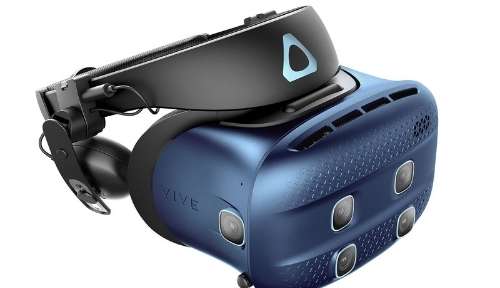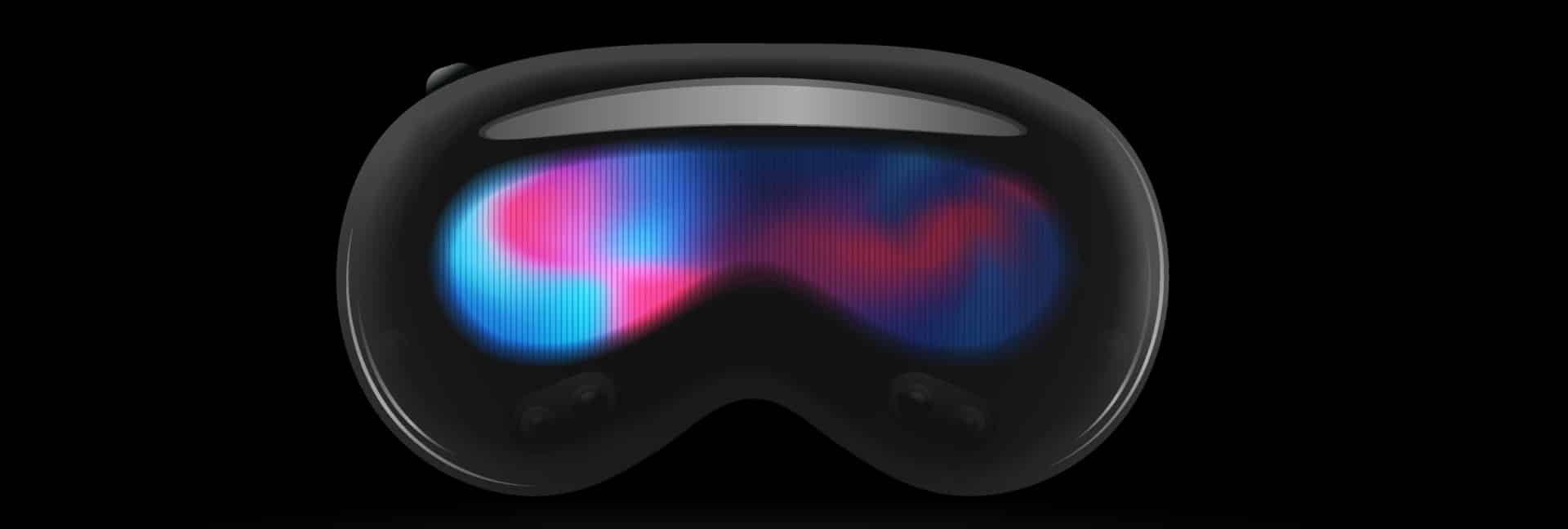Recently, Meta showed off some of the work they’ve been doing on a wrist-worn device that they say could replace computer keyboards within five years.
The wristbands are the work of a company called CTRL-Labs, and it seems they’ll play an integral role in developing the metaverse. Neural wristbands have been talked about for a few years now, but this year’s Meta Connect has been the first time they’ve been publicly teased.
So, what do we know about neural wristbands and the Meta-owned company developing them?
Here’s a delve into the potentially exciting new frontier of user interfaces.
Who Are CTRL-Labs?
CTRL-Labs is a business that Meta acquired back in 2019. The company was developing wristbands that read electrical activity on its way to your hands. Electromyography (EMG) is detected through sensors around your arm’s circumference.
Before the purchase of CTRL-Labs, not much had been seen of the tech they were developing. A journalist from The Verge did get to try it, and he described it as allowing you to “control computers with your brain.”
This next-level tech is very exciting, and Mark Zuckerberg immediately saw the potential in the input system. He believes the technology could be as game-changing as the QWERTY keyboard or the graphical user interface.
The company was founded in 2015 by Thomas Reardon and Patrick Kaifosh, who both completed neuroscience PhDs at Columbia University. Reardon has previously worked for Microsoft and Openwave Systems, where he served as Technology Chief.
When Meta bought CTRL-Labs back in September 2019, the final sale price wasn’t disclosed, but it’s believed the deal was worth between $500 million and $1 billion. The metaverse company had been looking for an input method that could work alongside AR glasses.
The Benefits of a Wristband Input System
Using a wristband overcomes the shortfalls of voice input and hand tracking. Voice input has limitations because there are some scenarios where speaking won’t be possible. Hand tracking often requires large movements, which might be problematic in small spaces.
Using a wristband allows for input from very small gestures. Lots of small movements make simple actions quicker and more efficient.
Electromyography uses wrist-worn sensors that pick up electrical motor nerve signals. The device turns these signals into commands that control the VR environment.
What Other Inputs Are on the Cards?
Neural wristbands are not the only input method Meta is working on. Elsewhere at Reality Labs, work on haptic gloves is underway. These gloves will give users a realistic tactile experience and simulate touch.
Using haptic technology will give users the feeling of touching or holding something tangible. For instance, they may be useful for picking up virtual items and using them. These haptic responses give the user the confidence to interact fully with these virtual objects.
All of this technology could be a few years away from finding its way into commercial use, but Meta is looking for innovations that could become game-changers for decades to come.







